
Food and animal feed
Nature allows for the production of food from wild, managed, or domesticated organisms. Nature also produces feed for domesticated animals (e.g. livestock, work and support animals and pets) and for aquaculture.
Tangible things from nature that meet human needs

Nature allows for the production of food from wild, managed, or domesticated organisms. Nature also produces feed for domesticated animals (e.g. livestock, work and support animals and pets) and for aquaculture.
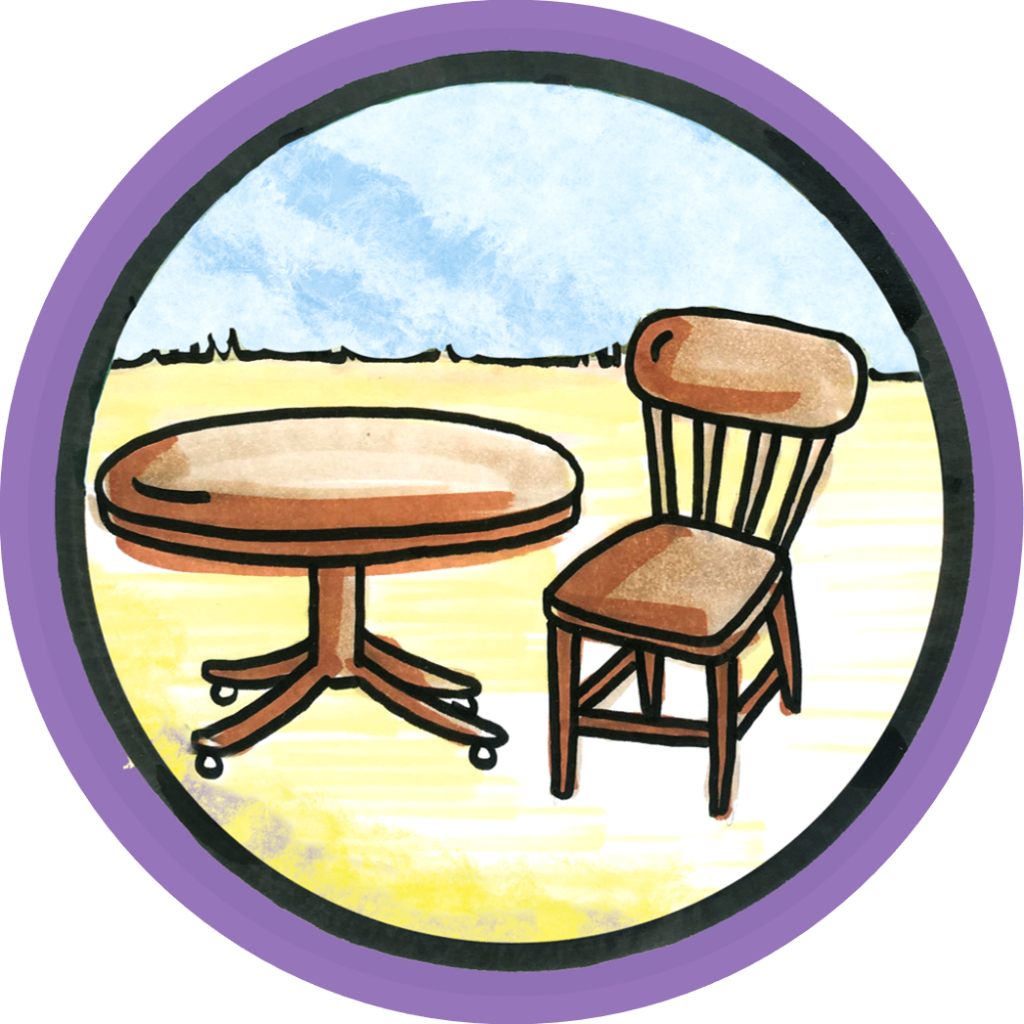
Nature provides a great diversity of materials for construction, fuel, clothing and printing (e.g. wood, biofuels, fibers, paper) that are directly derived from wild and cultivated plant species.
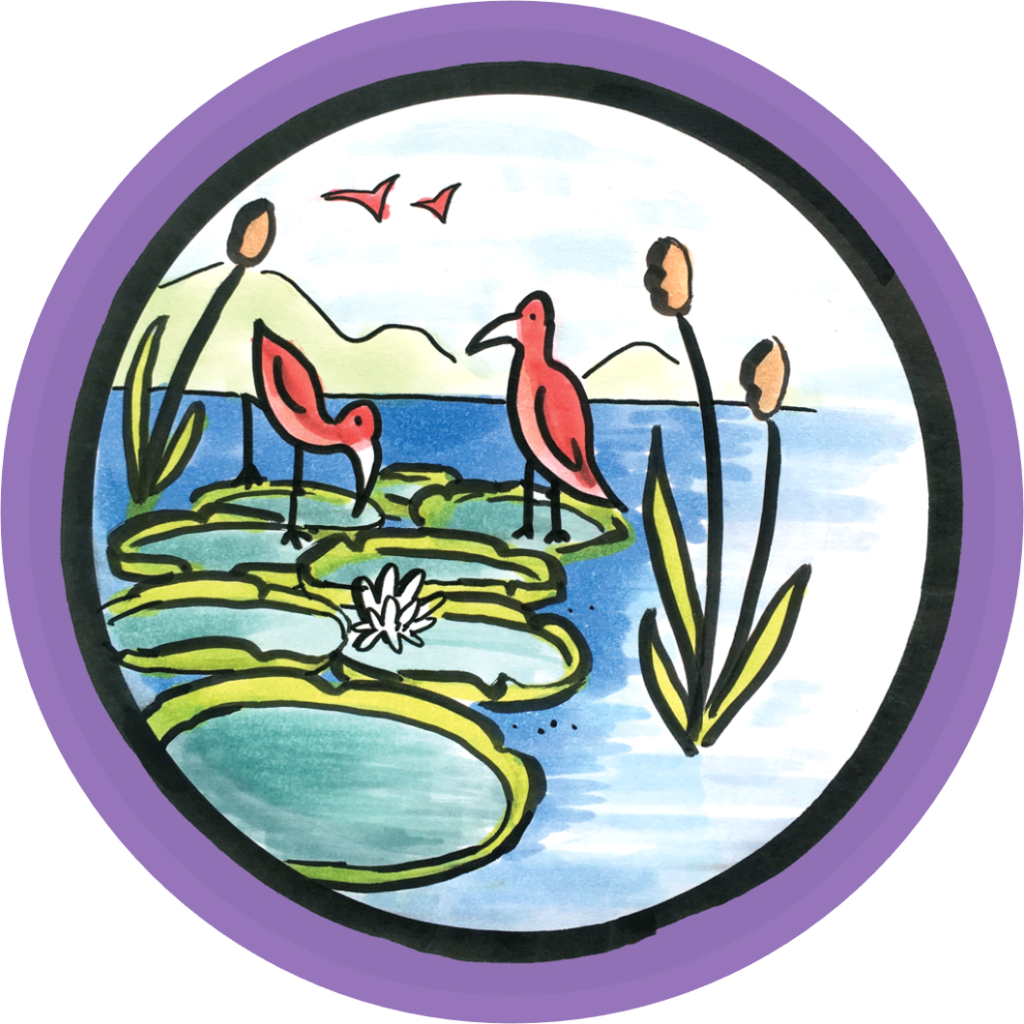
Green and blue infrastructure is an interconnected network of natural and semi-natural landscape elements, including green and open spaces and water bodies. It provides a number of benefits including enhanced water security, reduced risk of flooding, improved air pollution and green space for recreation and wildlife.
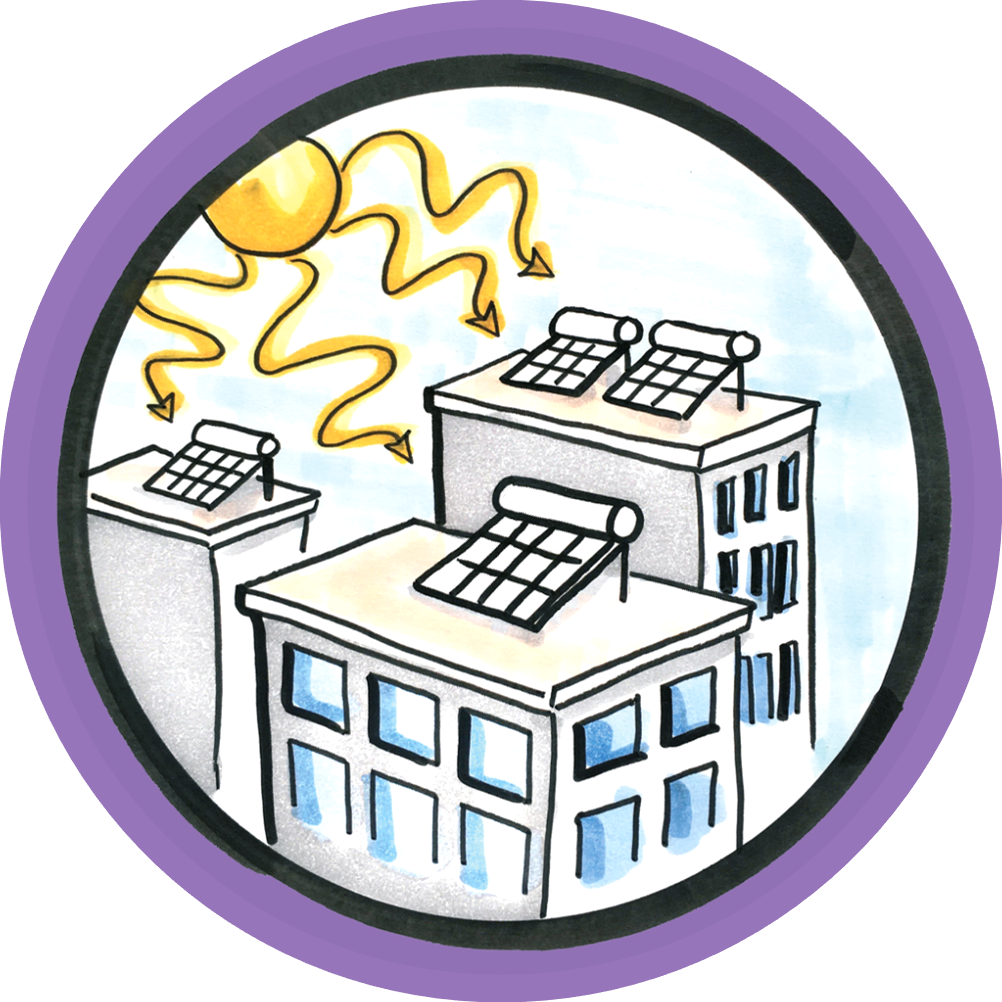
The sun’s energy warms the earth’s surface and can be used to produce cleaner, greener solar energy to power cities. This is also true of wind farms.

Nature plays a vital role in the global water cycle, as it regulates the flow and purification of water through the filtration of particles, pathogens, excess nutrients, and other chemicals.
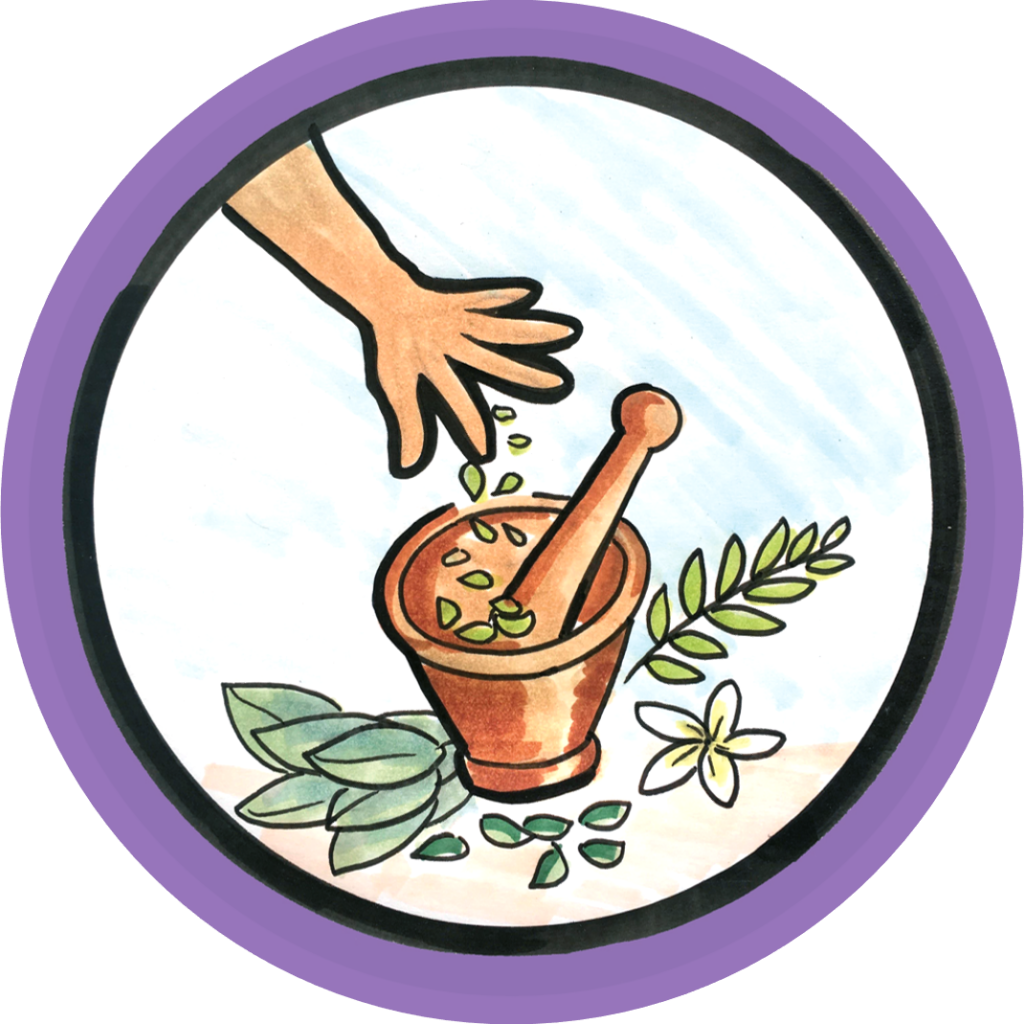
Ecosystems and biodiversity provide plants used as medicines, and provide many of the raw materials for the pharmaceutical industry used for medicinal and veterinary purposes.
80% of the world`s people are still dependent on traditional herbal medicine (WHO 2002), while the sale of medicines derived from natural materials amounts to US$57 billion per year.
~ Kaimowitz D. 2005. ‘Forests and Human Health: Some Vital Connections’. Swedish CGIAR, Bogor, Indonesia.
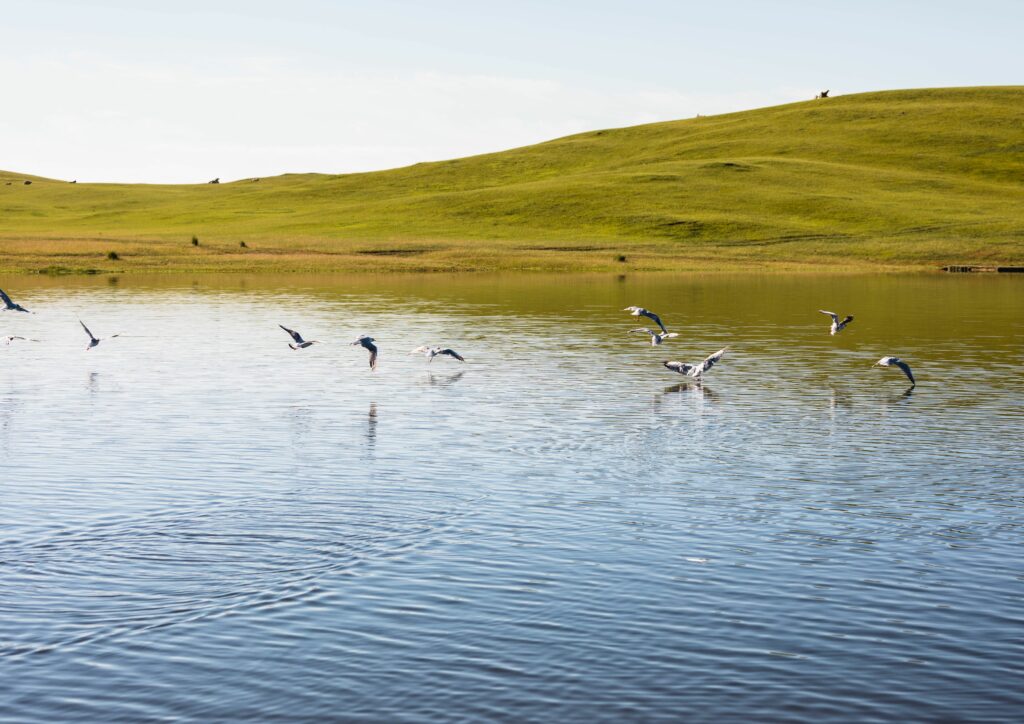
Wetlands naturally clean and purify water
They provide fish for birds
Wetlands are also an example of natural infrastructure, providing protection from flooding